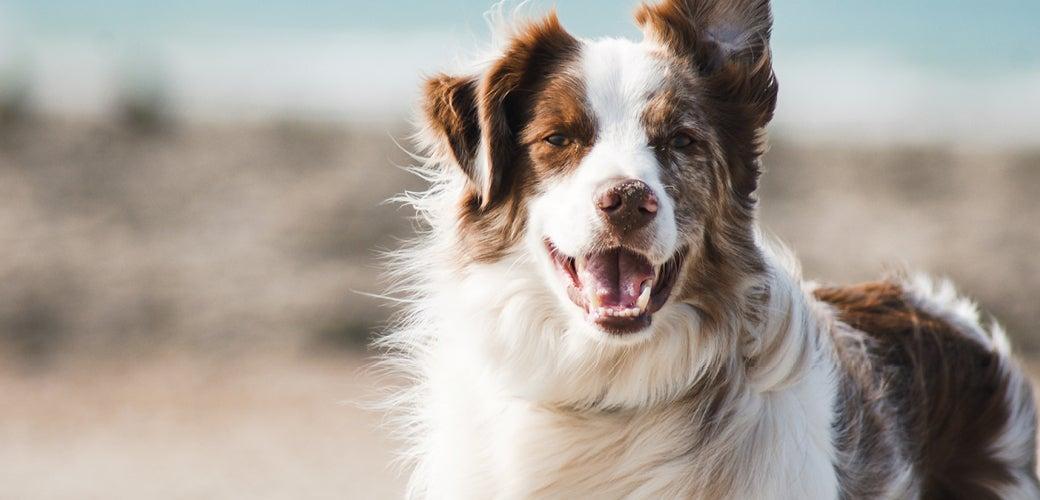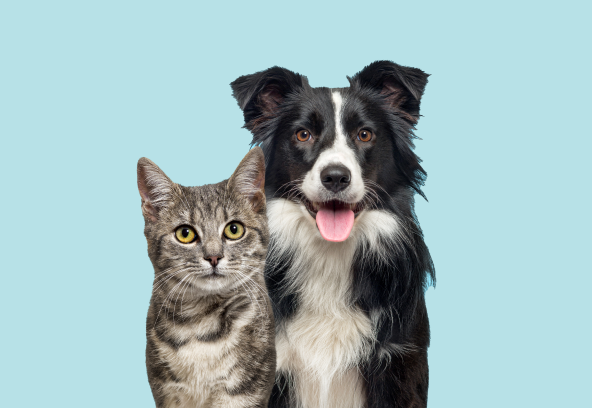
How to Help Your Dog be Less Fearful

Many dog behaviours are influenced by what they experience as a puppy. That’s why it’s important to safely expose your pet to experiences when young.
Much of a dog’s behaviour later in life can be influenced by their experiences as a puppy.
For example, a recently published study by scientists in Finland, found that puppies who are socialised with other dogs at a young age tend to be less bothered by fireworks, thunderstorms or other potentially scary experiences throughout their life. So, if given the opportunity, exposing your puppy to many varied scenarios at a young age may mean they’re more relaxed as they age.
But, there are many reasons and situations that may make your pooch a little less confident. Here’s how you can help them through the fear.
1. Give them a safe space
No matter what your dog is scared of, give them somewhere they can go where they can feel safe. This could be a bed in a room all to themselves, where they can hide from other people or pets. Or, it could mean walking your dog at a time or place where the things they don’t like aren’t present.
2. Be a calm presence
The best thing you can do when your dog is fearful is to stay calm. Dogs are very good at picking up human emotions, so if you become angry or stressed yourself, your dog will pick up on this, which will give them even more reason to be scared. It’s also important that you don’t punish a scared dog or force them to ‘face their fears’.
If, for example, your dog doesn’t like loud noises and you have to walk past a construction site, see if you can cross the road before you get to it. This will increase the distance between your dog and what’s frightening them.
3. Give comfort if they seek it
While some dogs will try and hide when they’re scared, preferring to be alone, other dogs will look to their human for comfort. So, if your pooch is inching closer and closer or not wanting the stray from your side, it’s okay to give them the comfort they seek. Give them comforting items like toys or blankets and allow them to snuggle with you. However, be careful not to cross over into 'reward territory' which may end up encouraging unwanted behaviours or fearful responses - a comforting pat or stroke is better in these situations than treats!
4. Seek professional help
In some cases, you may find you need professional help to overcome your dog’s fears. Your vet may be able to advise remedies which can help keep your dog calm, or you can find a trainer who can help safely address your dog’s fears.
Having a fearful dog can be frustrating. But, know they aren’t doing it on purpose. With time and patience, you can help your dog be less fearful, which will help them enjoy life to the full. If you would like to learn a bit more, check out this article.

